
Cityscaping
Philologus
__
Zeitschrift fr antike Literatur und ihre Rezeption /
A Journal for Ancient Literature and its Reception
Supplemente /
Supplementary Volumes
Herausgegeben von / Edited by
Markus Asper, Sabine Fllinger, Therese Fuhrer,
Christof Rapp, Katharina Volk
Volume 3
ISBN 978-3-11-037682-1
e-ISBN (PDF) 978-3-11-040096-0
e-ISBN (EPUB) 978-3-11-040114-1
ISSN 2199-0255
Library of Congress Cataloging-in-Publication Data
A CIP catalog record for this book has been applied for at the Library of Congress.
Bibliographic Information published by the Deutsche Nationalbibliothek
The Deutsche Nationalbibliothek lists this publication in the Deutsche Nationalbibliografie; detailed bibliographic data are available on the Internet at http://dnb.dnb.de .
2015 Walter de Gruyter GmbH, Berlin/Boston
Typesetting: Meta Systems Publishing & Printservices GmbH, Wustermark
Printing and binding: Hubert & Co. GmbH & Co. KG, Gttingen
 Printed on acid-free paper
Printed on acid-free paper
Printed in Germany
www.degruyter.com
Preface
The papers collected in this volume are based on oral versions delivered at the conference Cityscaping Constructing and Modelling Images of the City in Literature, Film and Art, held at Dahlem, Berlin, on 46 October 2012. For the generous financial support of this conference we thank the Berlin Exzellenzcluster 264 Topoi. Dr. Henrike Simon supported us in all formal and practical aspects of the organisation of the conference. In the editorial preparation of the papers for publication we were greatly assisted by Maria Matei Rastel, Zippora Hintner (LMU Munich) and Yannick Spies (HU Berlin). We also thank Angelika Hermann of De Gruyter for assisting us in the production phase of this volume. Yannick Spies also took on the task of compiling the index. Translation of the introduction into English and editorial care of the English-language contributions were provided by Orla Mulholland.
Munich / Berlin / Glasgow, January 2015
Therese Fuhrer
Felix Mundt
Jan Stenger
Contents
Therese Fuhrer, Felix Mundt and Jan Stenger
Introduction
1 What is cityscaping?
Cityscaping a verbalised form of cityscape, i.e. urban landscape is the process through which an
In all textual genres these kinds of literary city foundations have a relation to material reality that is multi-layered and frequently full of tensions. They often attract no special attention because they are used merely to provide a local setting in a narrative context. Someone who picks up an ancient historical work or a romantic novel is generally not looking for information about cities. Yet authors cannot omit to mention historical or fictive cityscapes, for otherwise the action would be left hanging in empty space. These techniques of constructing cities create the mere effect of the real, in
Urban spaces as staged in the media of literature and film are often in themselves unspectacular and only take on significance when, through their presentation in literature and their performance in film, they are inscribed with particular facts, narratives, experiences and emotions. City spaces staged in literature and film, with their ascriptions of meaning and significance, may then even re-model known city images, as has been demonstrated for a number of German cities in relation to the television series
The term cityscaping is used less in urban studies
Further, for the most part all that is used is a selection of urban props, or reductions. This type of restricted perspective is not just aesthetically more interesting, but also corresponds to what is in reality possible to perceive: the movements, actions and communications of individuals in the urban space they use, and their reactions to events in the city, can only ever be a part of the whole. This partial nature of perception and of the radius of action may or must be found wanting if the goal is to reconstruct an urban space as a whole, as was indeed long the goal of classical scholars study of cities: the reconstructions of city plans and models, street layouts and resource networks are testimony to this. In contrast, a focus on partial urban spaces as it were, fragments of a city and the events, whether documented or staged, that occur in them is interesting precisely because it corresponds to the mode of perception of individuals and groups living in a city. These persons and groups do participate in the larger area of the city, but they each experience, use, functionalise and shape no more than a space within a space. The question of how city space is perceived, described, functionalised and connoted in premodern literatures and cultures will thus become all the more productive if it takes into consideration excerpts, as well as anonymous places or even merely mental spaces, though still within a space marked as urban and perhaps in an identifiable, specific city.
2 How does cityscaping work?
To evoke an urban space in literature all that is needed, essentially, is to name one of the five elements postulated by opportunity to embed in the readers mental image whatever it is that he wants to communicate through his text.
Nonetheless the strongest distillation of a city into a symbol is its personification. A female city divinity such as the Dea , together with the complex web of connotations commonly glossed as the idea of Rome, breaks free from its geographical site and is concentrated into a figure and so is able to travel abroad and interact with historical and mythical figures.
A literary text, due to its linear character, can only convey spatial impressions, such as an ensemble of buildings, in temporal sequence, whereas the medium of There is an affinity here with the literary term, already mentioned, of the generic wanderer in periegetic ecphrasis. In both the literary ecphrasis and the cinematic camera-journey through a city, there is more than just a wish to entertain the audience: there is always also a sense of proud affirmation of (literary or cinematic) artistry and of the significance of the city being shown.
3 Cityscaping and the reference to reality
The representation of an urban space in any medium will never offer an exact mirror of reality.
When presenting space the artificiality of the medium is more obvious in literature than in film. Texts can never create an illusion of spatial reality like those of painting or film, nor do they aim to do so. Even in very minute accounts, the number of spatial elements chosen is still too small and even the most detailed writers must surrender to the reader too much power over their images.
Next page



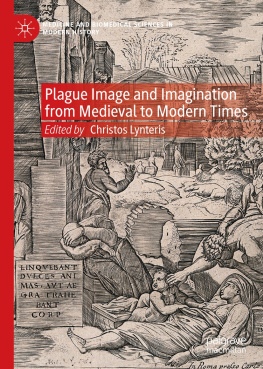
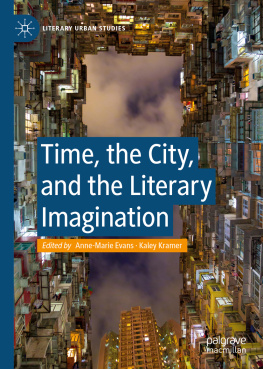

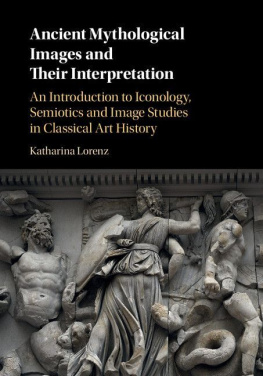

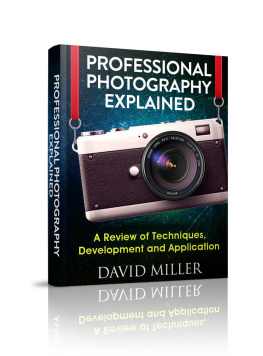
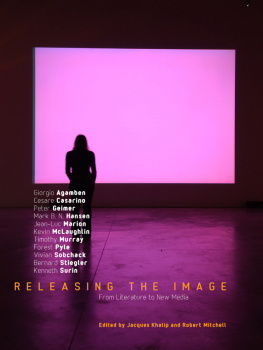
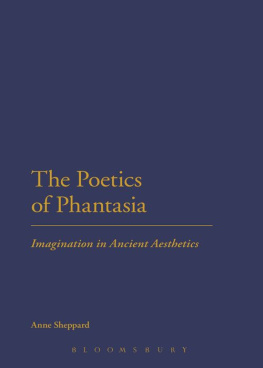


 Printed on acid-free paper
Printed on acid-free paper